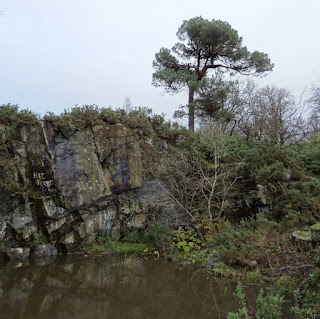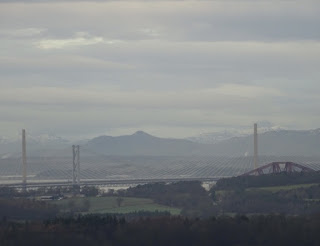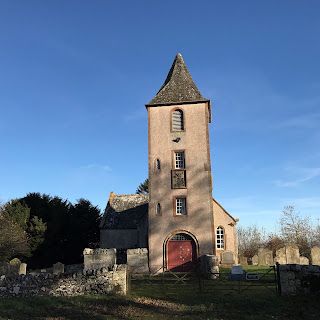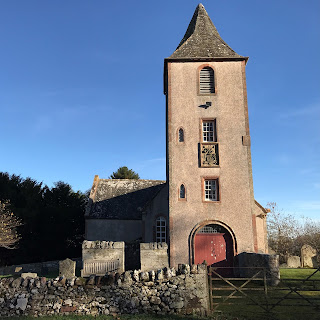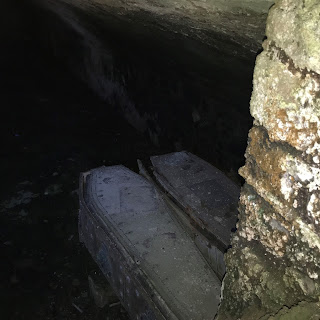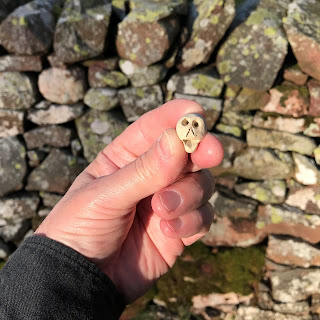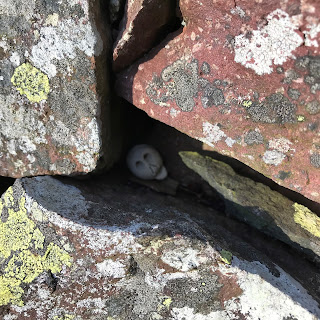If you drive out of Edinburgh on
Queensferry Road and head towards South Queensferry, the Forth Bridges and Fife,
you pass Corstorphine Hill. From the
road it looks like nothing much, as all you can see is a scruffy area behind an
old stone wall, with bushes and some towering trees. There is no real sense of what lies behind
this. However, if you park up your car
somewhere convenient and walk to the muddy path just off Queensferry Road, you
enter a peaceful woodland haven. Within
a few yards it is hard to believe that just behind you is a noisy, polluted highway.
When walking into the woodland from Queensferry Road, one of the first things you pass is Barnton Quarry. The area is now fenced off. It is a disused, stone quarry that was later used as a military command centre and nuclear bunker. The bunker was built in 1952 and in the early 1960s was redesigned as a Regional Seat of Government. This meant that in the event of a nuclear war up to 400 politicians and civil servants could shelter there, while the rest of us fried in the nuclear explosion or died in the nuclear fallout. The site remained operational up until the early 1980s. At the time of writing it is being renovated and converted into a museum and education centre.
So anyway, I slipped and slid in my inadequate footwear up through slimy paths of mud and dead leaves. Around me birds sang in the woodland canopy up above. Then after a bit further walking, I could see an old, stone tower emerging through the trees.
Scott Tower is situated at the top of
Corstorphine Hill and is twenty metres tall.
It is usually locked, but pre-Covid was open occasionally to the public. I’ve never managed to get to it when it has
been open, but have been told that the views from it are quite amazing. One day I will get up there and take a few
photos.
Today’s Skulferatu was left in a hollow
in a tree not far from the entrance to the tower.
